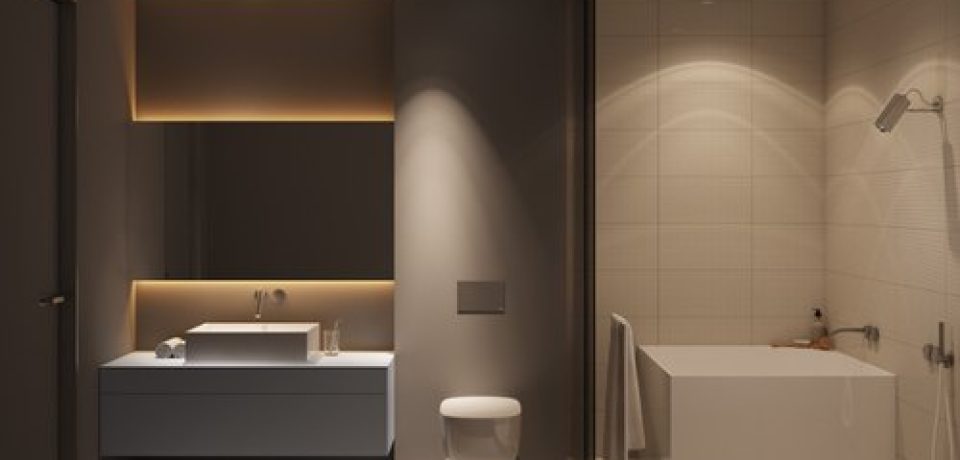You’re thinking of installing new vanity cabinets or replacing your existing ones, but you’re not sure what materials to use. It will require time and study, just like any other home improvement job. There are several materials that might meet your requirements, but you needa know what they are before beginning any job for your Wooden Vanity Unit. So, what is the best solution for your bathroom vanity cabinets?
Materials That Work
Consider quality against fast fix, low-end, and inexpensive when selecting materials for your bathroom vanity cabinets. That type of cabinetry will simply not survive, causing additional problems in the long term with inevitable replacement and other complications
The Bathroom Vanity Unit’s Evolution
But what is it about the bathroom vanity unit that is so important? What’s the point of having one in every bathroom? Let’s start with a look at the history and evolution of the bathroom vanity. When you think that restrooms didn’t actually exist until a little more than a century ago, you’ll realize how important the vanity unit has been in our lives for ages. The early bathroom vanities did not resemble the wonderful assortment that we have today. In reality, they were just bedroom washstands with a bowl and a pitcher full of water for a fast morning wash.

Vanity units are now piped in, pouring both hot and cold water, made from the most opulent substances, and gives us with wonderful storage solutions for the plethora of cosmetics that we still possess. People prefer simple patterns over the more elaborate, flowery, and shapely forms used throughout the Nineteenth century. Another intriguing fact that affected the creation of the bathroom vanity is that throughout the Victorian and Edwardian eras, it was believed that remaining naked after showering was advantageous to your health. As a result, baths were regarded as expansions of the mattress rather than the autonomous spaces that they really are nowadays. At the time, bathroom vanities would feature lengthy legs and a mirror.
. Quality material selections clearly exceed the risks of a lower-cost, lower-quality cabinet for the following reasons:
- The majority of less expensive cabinets are made of particle board and are subject to harm from bathroom moisture and humidity.Over time, a cabinet might distort, discolor, and break. Another consideration while selecting a cabinet is its strength.
- A good cabinet will be able to support the weight of any countertop and sink. If this is not done, a vanity area would droop, perhaps fracture, collapse, and break its seal between both the cupboard and the countertop.

